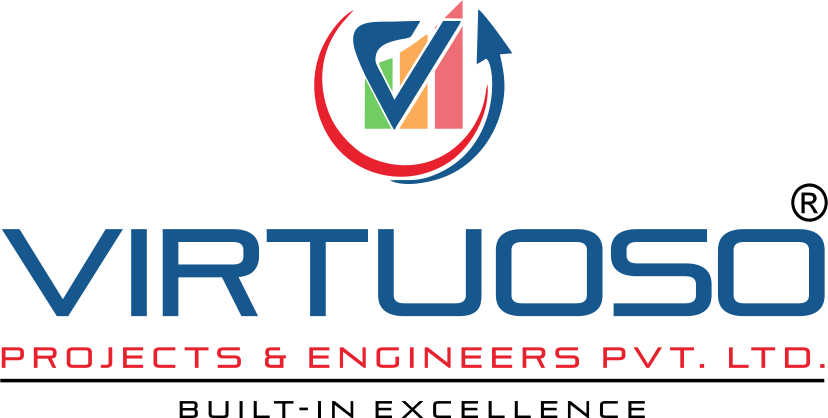System Specification: Based on the system’s requirements, including control logic, user interfaces, and integration needs.
Design Layout: Creating detailed designs and layouts for the system panel, including placement of components and wiring.
Component Assembly:
Panel Fabrication: Constructing the panel enclosure, which may include racks, enclosures, and mounting structures.
Component Installation: Installing control devices, PLCs, HMIs, and other components onto the panel.
Wiring and Integration: Connecting components according to the control logic and ensuring proper signal and power routing.
Software Integration:
Programming: Configuring and programming PLCs and HMIs with the necessary control logic and user interfaces.
System Integration: Ensuring the panel integrates properly with other system components and devices.
Testing:
Functional Testing: Checking that all control functions, inputs, and outputs work as intended.
Simulation: Running simulations to ensure the system behaves correctly under various conditions.
Quality Control:
Inspection: Verifying that the panel meets all design and safety standards.
Documentation: Providing detailed documentation for installation, operation, and maintenance.
